Disclaimer: This blog post contains affiliate links. If you make a purchase through these links, I may earn a small commission at no additional cost to you. Learn More. Thank you for supporting our garden community.
How to Grow Beans From Seed to Harvest
Beans are one of the easiest and most rewarding crops to grow in your garden. Whether you prefer snap beans, shelling beans, or dry beans, these versatile plants provide a bountiful harvest with minimal effort. In this guide, we’ll cover everything you need to know about how to grow beans, from planting to harvesting.
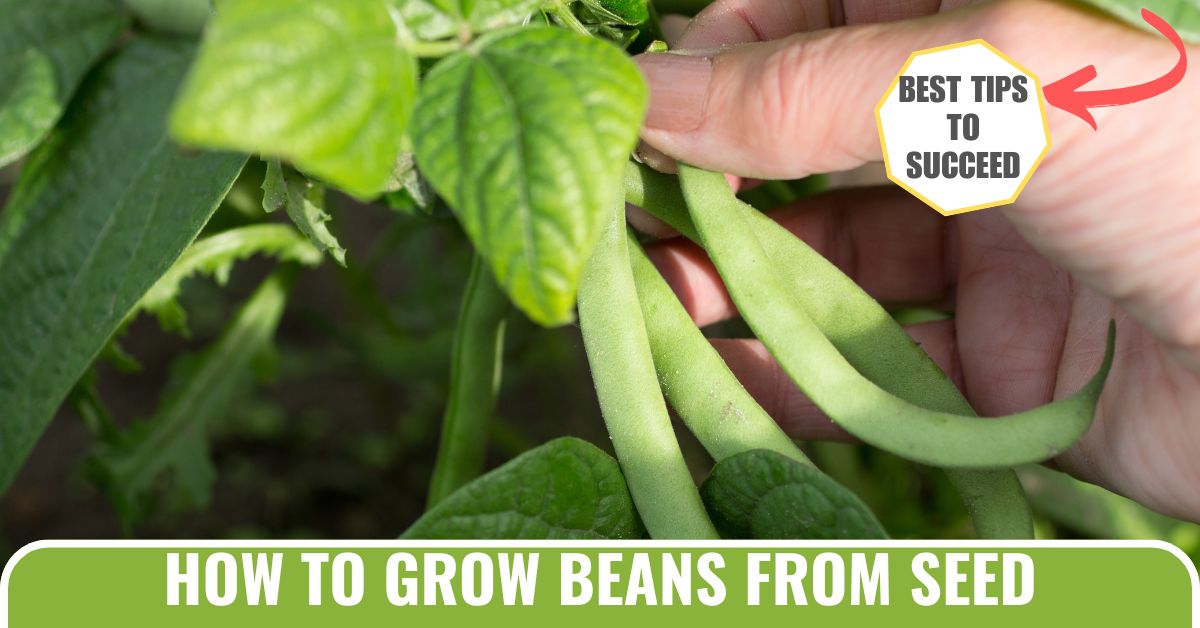
How to Grow Beans
Beans are a staple crop in my garden, and for good reason.
They are easy to grow, do well in every climate, and will always give you an impressive harvest.
Out of all the bean varieties I have grown, I tend to gravitate towards the green beans more often, especially all those ones with the different coloured pods.
That being said, it’s easy for you to get a rewarding harvest with minimal effort in the garden.
So let’s get right into how to grow beans, from seed to harvest.
Products
To buy high-quality garden seeds, check out Burpee.
For a wide selection of perennial garden plants, check out Nature Hills Nursery.
For gardening equipment, check out Bootstrap Farmer.
Different Bean Varieties
When looking for a nice bean variety for your garden, it can get very confusing very quickly. This is because of the literal hundreds of bean varieties in the market.
There are 2 main types of beans: bush beans and pole beans. Each of these can be divided into green beans and dry beans.
So let’s go over some of the different types of beans so that you can get a better understanding.
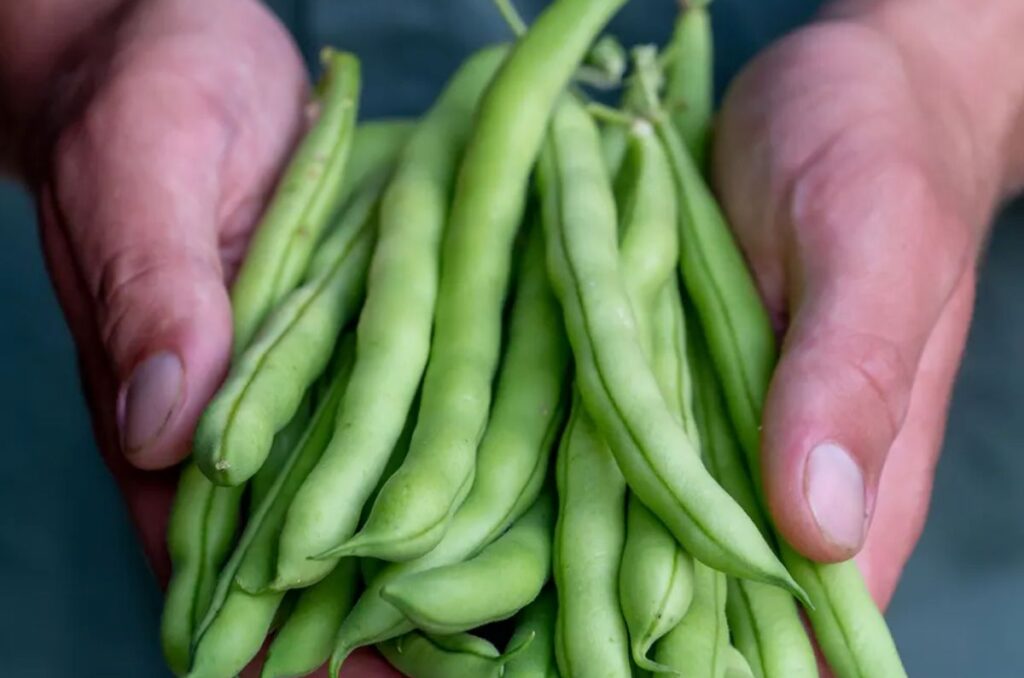
Bush Beans
Bush beans are beans that grow, well, like a bush. This means they grow to only about 2 feet in height. So you don’t have to give them a trellis to grow properly. This can be good for a more compact garden with less vertical space.
But this also means that they grow much faster and can give you a quicker harvest, which is good for all of our short-season growers. This means you can get a sizable bean harvest well before the growing season ends.
Similar to tomatoes, this makes bush beans determinate varieties. That means that they produce most of their fruit over a shorter period of time, and then slowly decline in production after the first harvest.
They still will continue to produce fruit after the first harvest, but the idea is that the production decreases.
Many gardeners will tell you to replace your bush bean plants after the first harvest (meaning pull them out and plant new ones), but I haven’t noticed too much of a difference in my garden.
Here are some of my favourite bush bean varieties:
- Provider: Matures in 50 – 60 days. This is a heavy-producing variety that I grow every year. It is reliable and grows well in every climate.
- Golden Wax: Matures in 55 – 60 days. A delicious buttery yellow bean variety that is easy to spot among the green foliage.
- Triomphe de Farcy: Matures in 48 days. A very early variety that produces long, slender pods that are crunchy and have a distinct rich flavour.
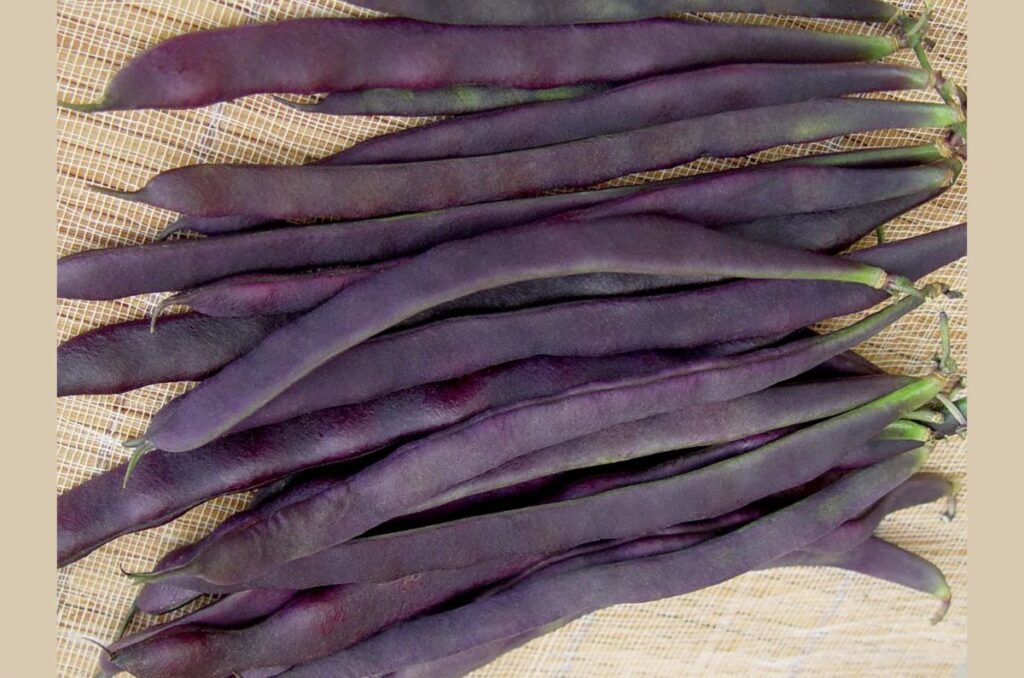
Pole Beans
Pole beans, also known as climbing beans, are beans that grow tall in a climbing pattern. This means that they require a trellis, or a pole, to grow properly and give you a good harvest.
They typically take longer to mature than bush beans, simply because they are larger plants.
When comparing them to tomatoes again, we can think of pole beans as indeterminate varieties, meaning they grow forever until the first frost. This also means that they will keep producing many beans until the season ends.
Pole beans also take up very little space in the soil and above ground. So, you can plant them where nothing else will grow for even more beans.
For example, you can plant them at the edge of your tomato trellis for an abundance of fresh beans over the next few months.
My favourite pole bean varieties:
- Kentucky Blue: Matures in 65 days. An excellent variety that produces many 7 inch long fruits all the way until the first frost.
- Trionfo Violetto: Matures in 60 -70 days. This delicious Italian variety produces highly ornamental purple pods that are 7 -10 inches long.
- Monte Gusto: Matures in 70 – 80 days. A yellow pole bean variety that produces 9 inch long fruit reliably until the end of the growing season.
Green Beans
Green beans are also known as fresh beans, snap beans, string beans, wax beans, and French beans.
Basically, green beans are any bean varieties that are eaten fresh. They don’t necessarily have to be green in colour. For example, many yellow and purple bean varieties are still considered green beans.
This is because they are eaten fresh off the plant, when the beans are still young and tender and the seeds inside are small.
I mostly grow green beans in my garden because they are the most reliable for me and we like them the most.
All of the varieties that I listed above are green bean varieties.
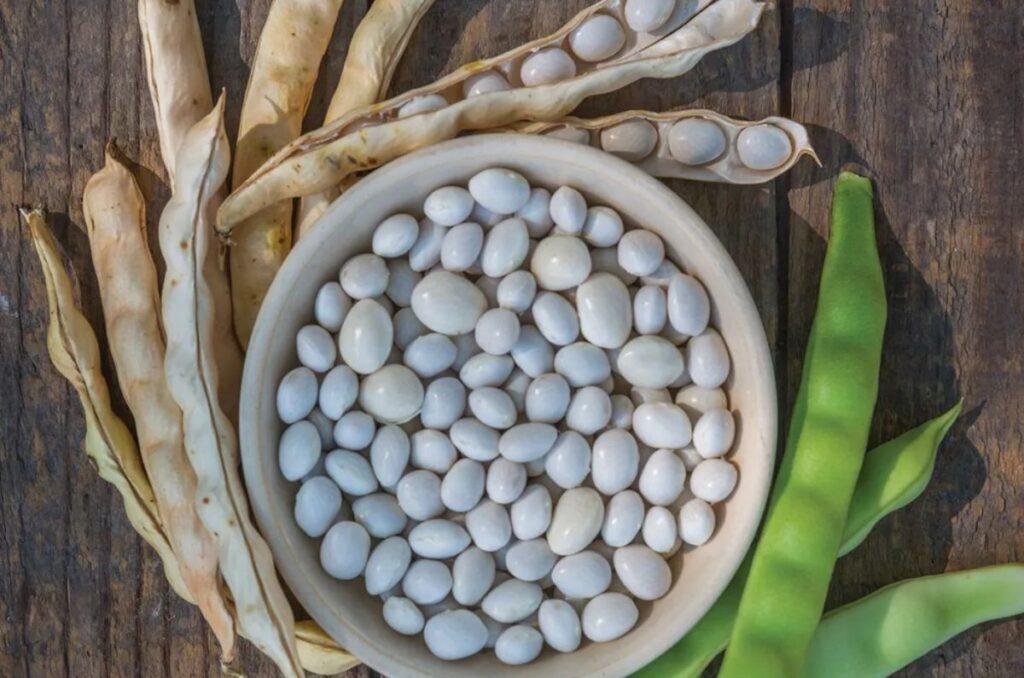
Dry Beans
Dry beans, also known as storage beans, are bean varieties that are allowed to fully mature until the beans inside the pod are completely dry.
They are not eaten fresh and are instead meant to be kept for long-term storage when fully dry. However, they do need to be rehydrated and cooked before you eat them.
Some common dry bean varieties are Lazy Housewife, Lima Fordhook 242, and Lima King of the Garden.
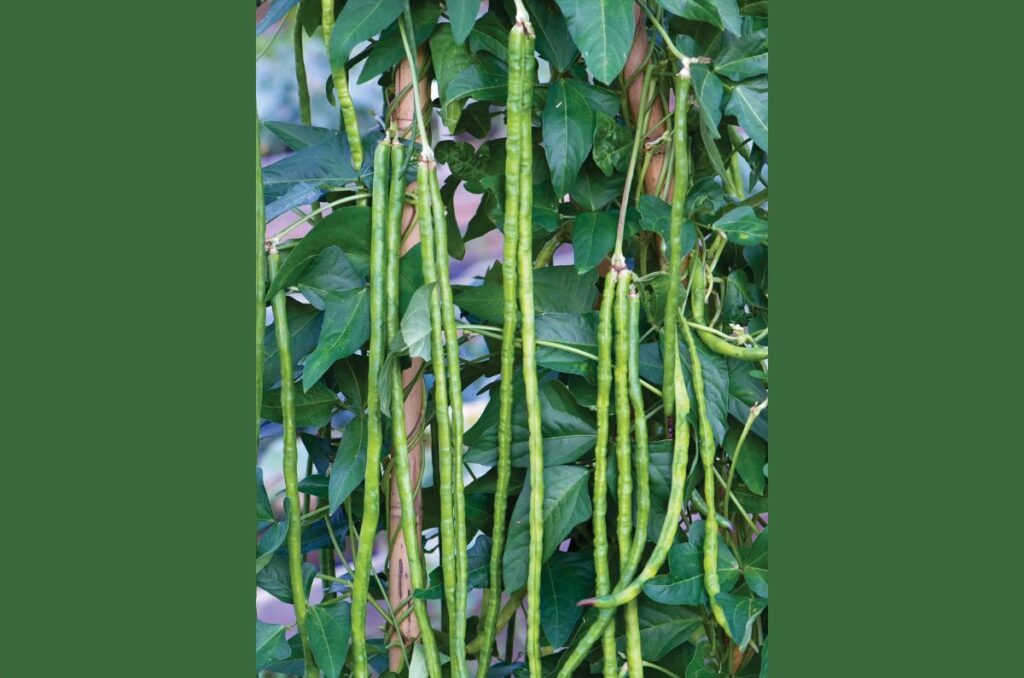
Specialty Bean Varieties
This category includes beans that are slightly different from beans from the other categories, but don’t necessarily make their own category.
Some popular specialty bean varieties include:
- Scarlet Runner: Matures in 70 – 115 days. This is a highly ornamental plant that produces bright red flowers and 8 inch long pods.
- Asparagus Yardlong: Matures in 80 days. These beans produce many extremely long fruits that are best picked when they are 12 to 18 inches long.
When to Grow Beans
Beans are an essential summer crop that perform well when it’s hot outside.
Aim to plant beans in the spring as they can be grown through the entire season. The warm weather is really what gets the plants to produce a lot of beans.
Can Beans Grow in Winter?
Beans are not typically grown in the colder months because their production is very slow. Although, I have tried growing bush beans in the fall and I noticed that even though they do grow, they produce almost no fruit. And the fruit that they do produce is too small and not good.
Once the cold weather arrives, the beans will naturally start to slow down production. At this time, you can cut all the plants down and leave the roots in the soil.
There’s no point waiting for them to see if they’ll do something.
Sowing Beans Seeds
Unless you have a very short growing season, you should always direct-sow your bean seeds. They almost never do well when started indoors.
I’ve noticed in my garden that the growth of transplanted beans is often stunted. So even if you do start them indoors, the direct-sown beans will likely catch up to the transplants.
If you are short on time and you do want to start your beans indoors, I would do it 3 – 4 weeks before your last frost date.
Follow the sowing instructions on the seed packet, but you should generally sow 2 bean seeds 1 inch deep, 4-6 inches apart, and about 2 weeks before your last frost date. Keep the area moist until the seeds have germinated.
Because beans are very large seeds, they need lots of time and water to germinate. So be patient! Don’t be like me and check every hole you planted to see if the beans sprouted 😂.
Once the beans have sprouted, pick the weaker seedlings and cut it down; leave the strongest one to grow on.
Some gardeners like to successively sow bush beans, as I said the yields progressively decrease after the first harvest. But I haven’t noticed this too much.
If you do want to succession sow bush beans, sow a new row every 2 weeks in the spring and summer. Once you have fully harvested a row, cut down all the plants and re-sow that same spot. It is similar to how you would succession sow lettuce.
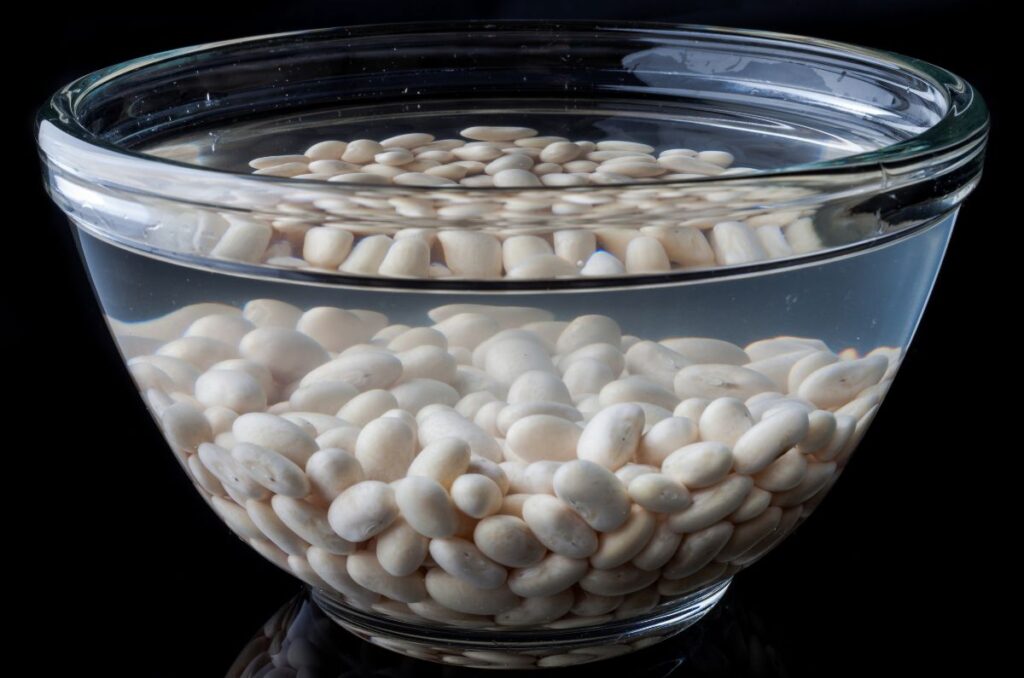
Should You Soak Bean Seeds Before Planting?
There is debate about whether or not you should soak bean seeds before planting. This is one of the most common garden myths out there.
The idea for soaking beans is that it allows the water to penetrate the thick seed coating and speed up germination and growth.
While it does make perfect sense to soak beans, because seeds need to soak up water to germinate, it doesn’t really translate well into the garden.
Robert Pavlis from Garden Myths.com covered this topic beautifully in his article about soaking peas before planting.
Basically, after reviewing the evidence, he came to the conclusion that soaking seeds before planting does not increase germination or growth rate. The soaked peas grew identically to the peas that were not soaked.
And we can translate this to beans as well and make the conclusion that soaking beans is unnecessary. Some gardeners still swear by it, but I never pre-soak my bean seeds.
Pests Love Young Bean Plants
Once your beans have sprouted, they need to be protected!
In my area, slugs and snails absolutely love to completely destroy my bean harvest, especially after it rains.
And they love to pick on the young bean sprouts. One day, you’ll see beautiful bean seedlings in your soil, and the next morning they are all eaten to the ground. How lovely!
Some people have also told me that birds and mice are a problem for them.
That being said, we have to protect our young seedlings with a floating row cover to ensure that no pests can get to them.
Keep the seedlings covered, especially at night, until they have gotten taller and can defend themselves.
Light Requirements for Beans
Beans grow best in full sun, which is 6-8 hours of direct sunlight every day.
Generally speaking, plants that produce fruits for harvest always do better with more sun. Think of other fruiting vegetables like tomatoes and eggplant.
Can Beans Grow in Shade?
Some bean varieties will definitely survive without less light, but we are looking for the best possible harvest. It is obvious that 2 identical bean plants, one getting full sun and one getting part shade, will not produce the same harvest.
When all else is equal, the plant getting more sun will always give you more beans that are more tender and taste better.
So don’t be afraid to give your beans lots of sunlight, especially when they start producing fruit.
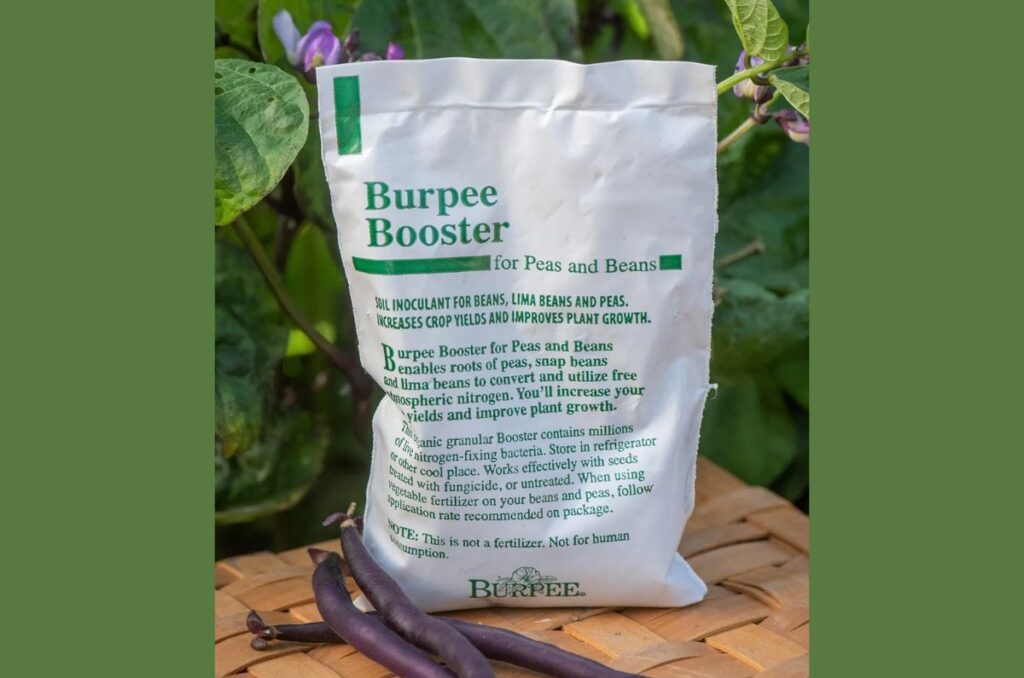
Which Fertilizer is Best for Beans?
This is a common question for first time bean growers. But beans actually don’t need any fertilizer to grow well.
Beans are legumes, meaning they can harvest nitrogen from the air and convert it into a usable form in the soil through nodules on their roots. This means that all of the nitrogen is covered for your beans, and you only have to worry about phosphorus and potassium.
Learn more about this on Wikipedia.
However, beans can only fix nitrogen properly if a specific bacteria is present in your soil. This bacteria is called rhizobia bacteria.
These rhizobia bacteria are what actually convert the atmospheric nitrogen into a usable form for the plants.
But if you have never grown legumes (beans, peas, peanuts, etc.) in your garden before, this bacteria may not be in your soil.
So I recommend using Burpee’s nitrogen-fixing bacterial inoculant. Simply sprinkle it in the holes that you have planted your beans. Don’t top dress, it needs to be inside the soil. This will introduce millions of active rhizobia bacteria to the soil to help your beans fix nitrogen.
This inoculant is NOT a fertilizer, it is just meant to introduce the rhizobia bacteria, which does the nitrogen fixation. It is, however, a natural and organic product.
That being said, beans would still benefit from some well-rotted manure or compost added to the top of your soil before planting. This provides some organic matter and other trace nutrients.
You can also use compost tea, which is a microbe-rich solution made from homemade compost. This can add large amounts of microorganisms to your soil, which helps to make nutrients available to plants.
Watering Beans
Bean plants have large leaves and produce juicy pods. This means that they need lots of water to stay healthy, especially during the heat of the summer, especially considering that beans have very shallow roots.
Keep your beans evenly moist and don’t let the soil dry out. When they start to produce beans, keep giving them water so that the beans can plump up a little bit. This will make them more crisp and tender.
To learn more, check out our full guide on garden watering tips and techniques.
You should also mulch your bean plants with a thick layer of organic mulch. This helps to retain moisture by acting as a natural barrier between the soil and the sun.
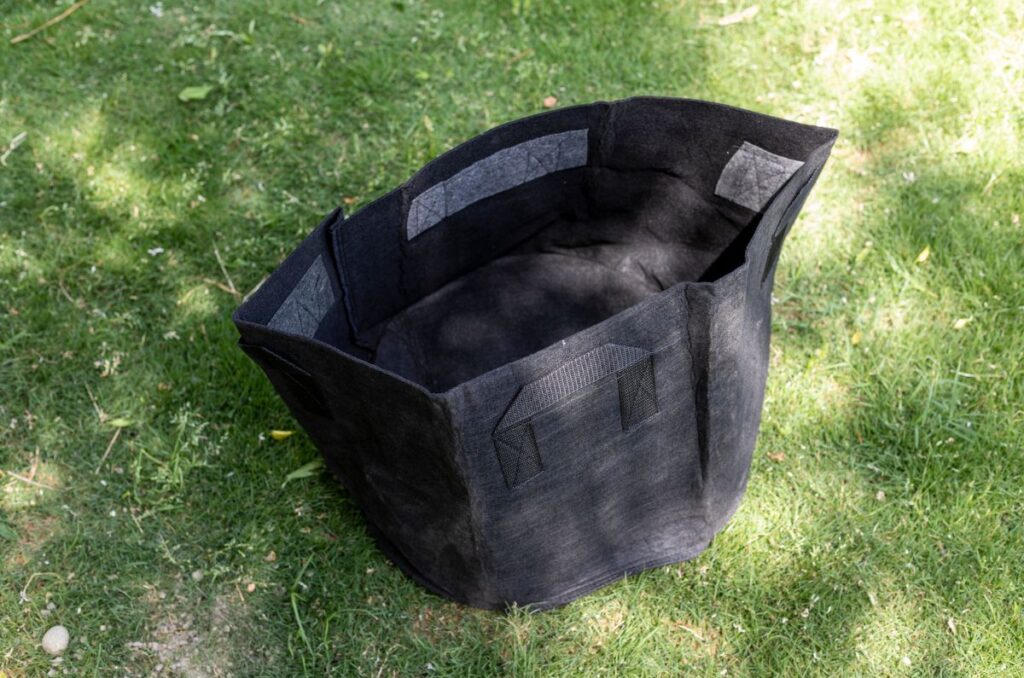
Growing Beans in Containers
Beans are also an excellent vegetable to grow in containers and grow bags. Because of their small root size, beans do better than most vegetables in containers. A 5-gallon grow bag can easily hold 3 or 4 bean plants.
Both bush and pole beans can grow in containers. The only concern with pole beans is that it might be hard to install a trellis in the container, unless you have many containers or grow bags lined up in a row.
Because containers are smaller than raised beds and hold less soil, watering may be a challenge in the summer. Make sure to stay on top of your watering schedule, and give it more water if it gets really hot.
Make sure the soil potting soil is rich in compost and organic matter.
Companion Plant Combinations with Beans
Any plant that grows in the opposite pattern as beans will be a good companion plant.
For example, bush beans are very short, so pair them with something that is really tall, like tomatoes. When your tomatoes grow to a nice height, sow some bush beans in the space below to fill in everything.
Another example is that pole beans grow very tall, so pair them with something that is really short, like lettuce or herbs. You can wait for the pole beans to grow up the trellis, clear the bottom most leaves, and then sow some lettuce, herbs, or other low-growing vegetables.
Beans plants are great for filling in random spaces in your garden, especially when nothing else can fit.
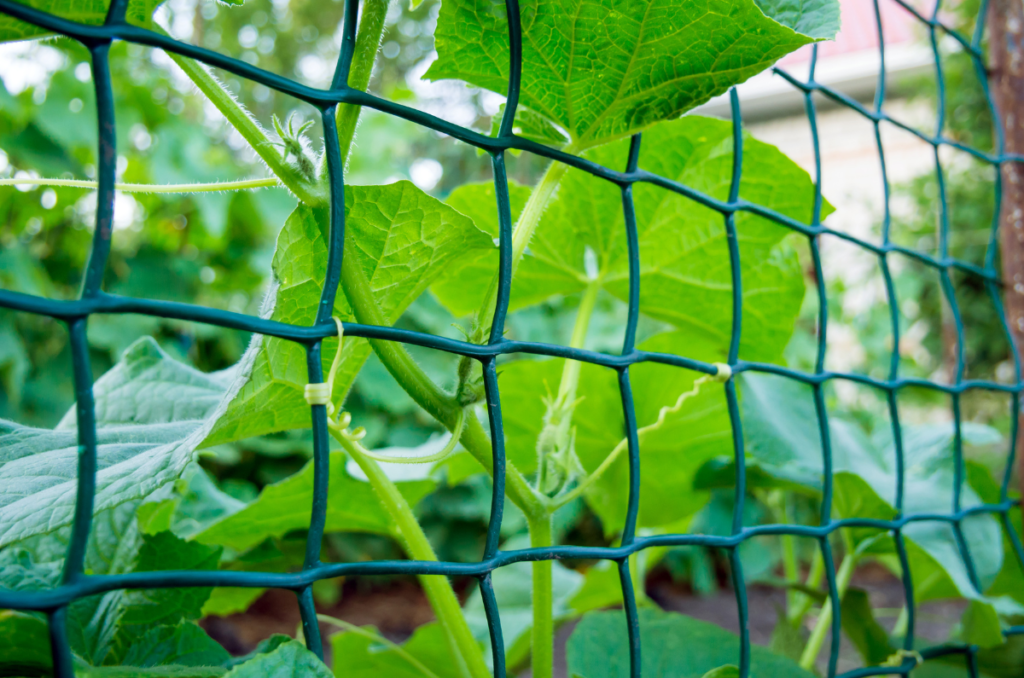
Do Bean Plants Need to Climb?
Pole beans definitely need a trellis, considering that they can grow forever until the last frost. They produce very heavy vines and heavy fruits that need to be supported.
You can make a simple tipi trellis with bamboo stakes tied together at the top. This is very simple and will get the job done.
Or you can make a proper trellis using mesh or chicken wire, attached to wood stakes on either end. Place the wood stakes on either end of your row of beans, and you have a perfect trellis.
You can also purchase a pre-made garden trellis and use it for all of your climbing vegetables.
Bush beans don’t need support from a trellis, but I have grown them with and without one. I noticed that a short trellis supports their weight, allowing the fruit to stay above the ground. Without support, the beans may touch the ground and get dirty, which is not too big of a deal.
But they are called “bush” beans for a reason.
Can Pole Beans Grow Horizontally?
If for some reason you are limited on vertical space, you can train pole beans to grow horizontally.
The only problem I had was that I had to constantly train them and tie them to the trellis. This is because pole beans naturally want to grow vertically. So you will have to train the tips of the plant to grow horizontally, sometimes every day.
But this can be a good idea for saving some space; maybe you want to grow beans along the top of your fence. In that case, put 2 nails on either side of the fence and tie a string between them. Now the pole beans can grab onto that string and grow across the fence.
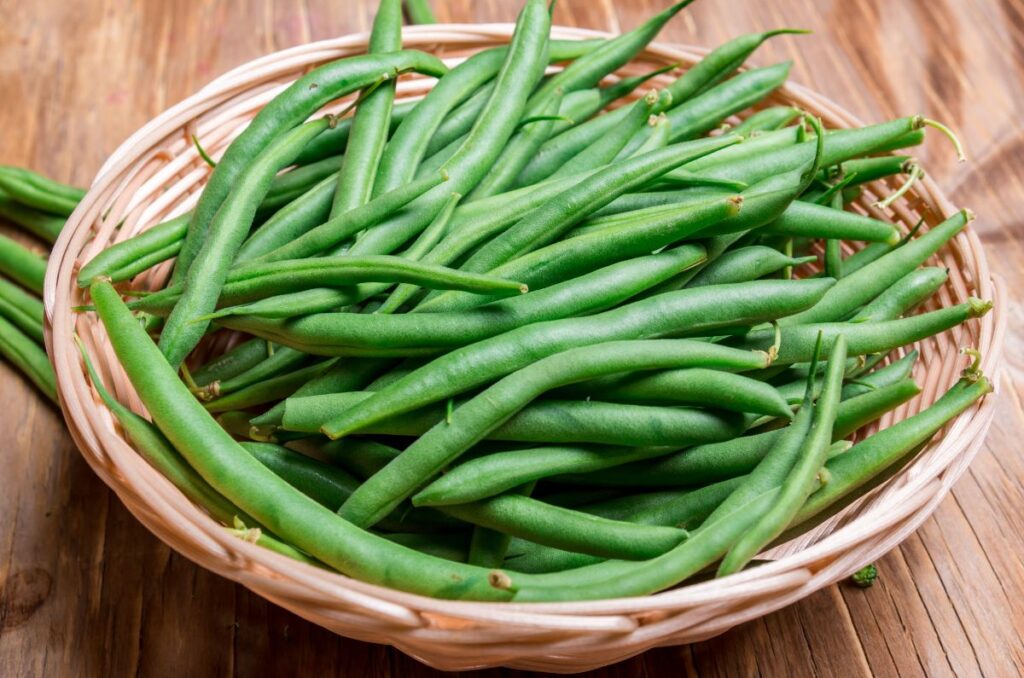
Harvesting Beans
Bush beans are ready to harvest about 50 days after sowing and pole beans around 70. This is because bush beans are shorter plants and take less time to mature, while pole beans are taller and take longer to mature.
But you should always follow the directions on the seed packet.
Green beans should be harvested when the pods are plump, slender, and tender. The seeds inside should be small and green. This is when the beans are still soft and crunchy.
Dry beans should be harvested when the pods are noticeably brown and the seeds inside are hard, dry, and mature. This is the time when they are most likely to last a long time on the shelf.
Frequently Asked Questions
A single bush bean plant can produce over half a pound of fruit throughout the season, while pole beans can produce almost a full pound over the whole season.
The best month to plant beans is anywhere from March to May. This gives the beans enough time to establish themselves before the heat of the summer comes in.
Beans plants will continue to produce beans after the first harvest. Just remember that the more you harvest, the more beans you get. So pick them when they are young and tender and you will get lots of them.
Packaged dry beans from the store can be germinated and grown in your garden. Although I don’t know why anybody would do it; you don’t know the variety or the growth pattern. While you grow dry beans from the store, you should just buy seeds.
Check Out These Related Articles
Here are a few more posts to get the ball rolling in your garden!
- How to Grow Peas from Seed in Every Season
- How to Make a Hugelkultur Raised Garden Bed
- 5 Indeterminate Tomato Trellis Ideas
If you liked this article, make sure to share it with your friends and family members who are also looking to sharpen their gardening skills. Also, consider signing up for our email newsletter; don’t worry, we won’t send you spam, just fresh gardening ideas every week!
If you want to learn more about vegetable gardening, check out The Real Gardener on LinkedIn, YouTube, and Pinterest.
Pin this post for later:
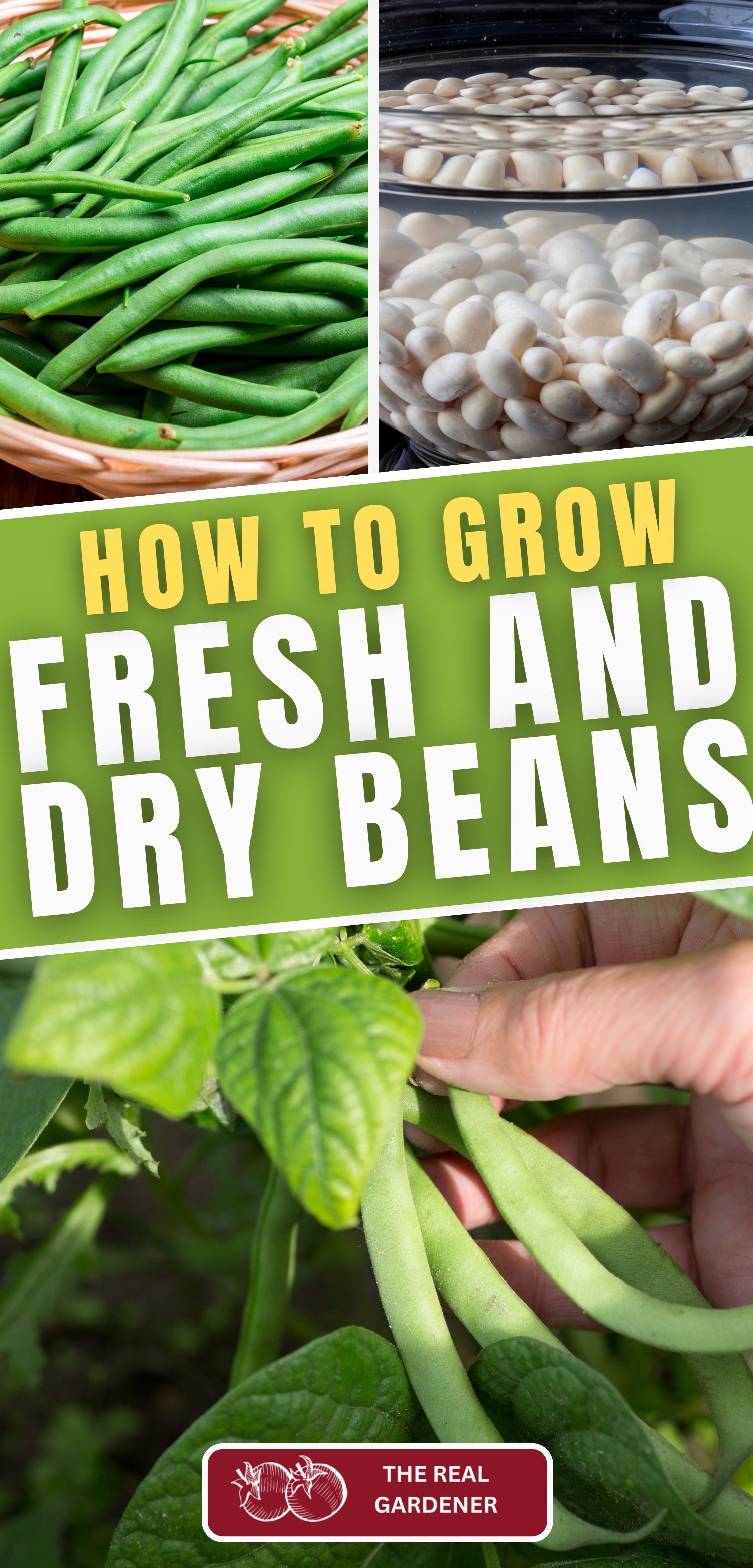
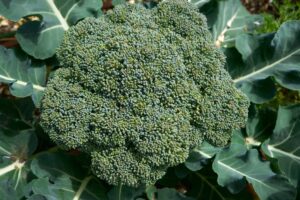
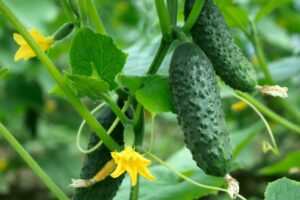
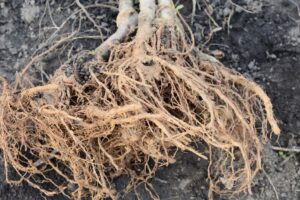
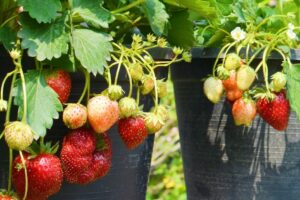
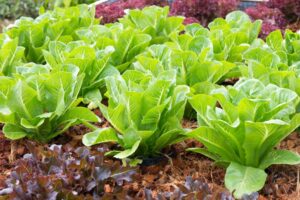
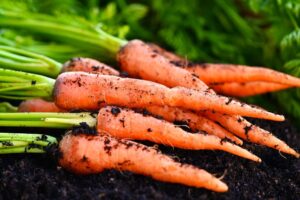
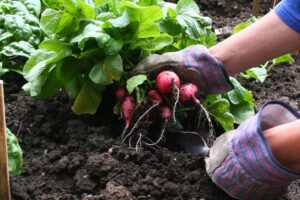
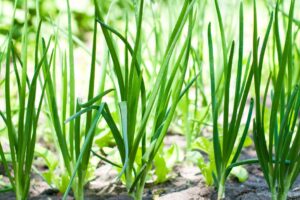
Leave a Reply